The Rise of Last Chance Tourism: Exploring the World’s Endangered Destinations
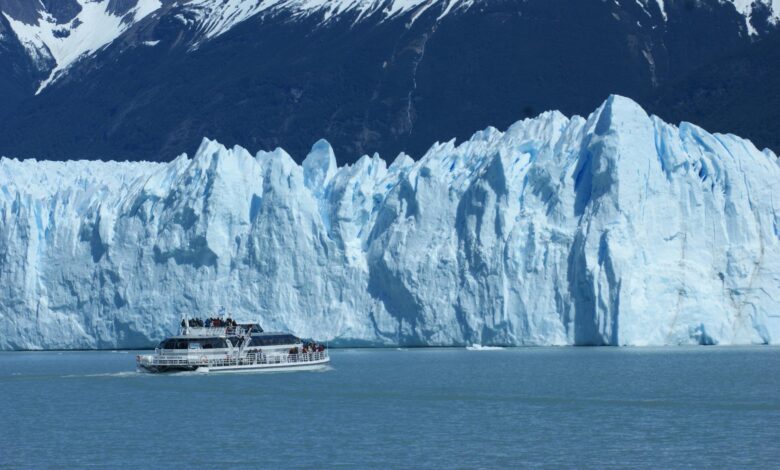
The concept of endangered destinations
Endangered destinations are those that are at risk of being significantly altered or destroyed due to a variety of factors, including climate change, environmental degradation, political unrest, and economic pressures. These destinations may be natural wonders, cultural heritage sites, or unique ecosystems that are facing imminent threats to their existence.
The reasons for a destination’s endangered status can vary widely, from rising sea levels and melting glaciers to deforestation, poaching, and unsustainable tourism practices. Some destinations may be facing a combination of these threats, making their future increasingly precarious.
The rise of last chance tourism
In recent years, the concept of last chance tourism has gained significant momentum, as travelers become increasingly aware of the fragility of our planet and the urgent need to experience and preserve these endangered destinations. The rise of last chance tourism can be attributed to several factors:
- Increased awareness of environmental and social issues: The growing public consciousness about climate change, habitat loss, and the impacts of human activities on the natural world has fueled a desire to witness these threatened destinations before they are irreversibly altered.
- Desire for unique and authentic experiences: Travelers are seeking out destinations that offer a sense of authenticity and a connection to the natural world, which is often lacking in more mainstream tourist destinations.
- Bucket list mentality: The idea of “seeing it before it’s gone” has created a sense of urgency and a desire to cross these endangered destinations off one’s travel bucket list.
- Accessibility and affordability: Advancements in transportation and the availability of affordable travel options have made it easier for more people to access these remote and often hard-to-reach destinations.
Reasons behind the popularity of last chance tourism
The rise of last chance tourism can be attributed to several key factors:
- Increased awareness of environmental and social issues: The growing public consciousness about climate change, habitat loss, and the impacts of human activities on the natural world has fueled a desire to witness these threatened destinations before they are irreversibly altered.
- Desire for unique and authentic experiences: Travelers are seeking out destinations that offer a sense of authenticity and a connection to the natural world, which is often lacking in more mainstream tourist destinations.
- Bucket list mentality: The idea of “seeing it before it’s gone” has created a sense of urgency and a desire to cross these endangered destinations off one’s travel bucket list.
- Accessibility and affordability: Advancements in transportation and the availability of affordable travel options have made it easier for more people to access these remote and often hard-to-reach destinations.
Impact of last chance tourism on endangered destinations

While last chance tourism has the potential to raise awareness and generate funds for the preservation of endangered destinations, it also carries significant risks and challenges. The influx of visitors to these fragile environments can lead to a range of negative impacts, including:
- Environmental degradation: Increased foot traffic, pollution, and resource consumption can damage delicate ecosystems, habitats, and cultural sites.
- Overcrowding and overtourism: The surge in visitor numbers can overwhelm the carrying capacity of these destinations, leading to issues such as congestion, infrastructure strain, and a decline in the quality of the visitor experience.
- Commodification and loss of authenticity: The commercialization of these destinations to cater to the needs of tourists can erode the very cultural and natural attributes that drew visitors in the first place.
- Displacement of local communities: The influx of tourists and the resulting economic pressures can lead to the displacement of indigenous and local communities, disrupting their traditional ways of life.
Examples of popular last chance tourism destinations
Some of the most popular last chance tourism destinations around the world include:
The Great Barrier Reef, Australia: The world’s largest coral reef system is facing an existential threat due to climate change-induced bleaching and ocean acidification.
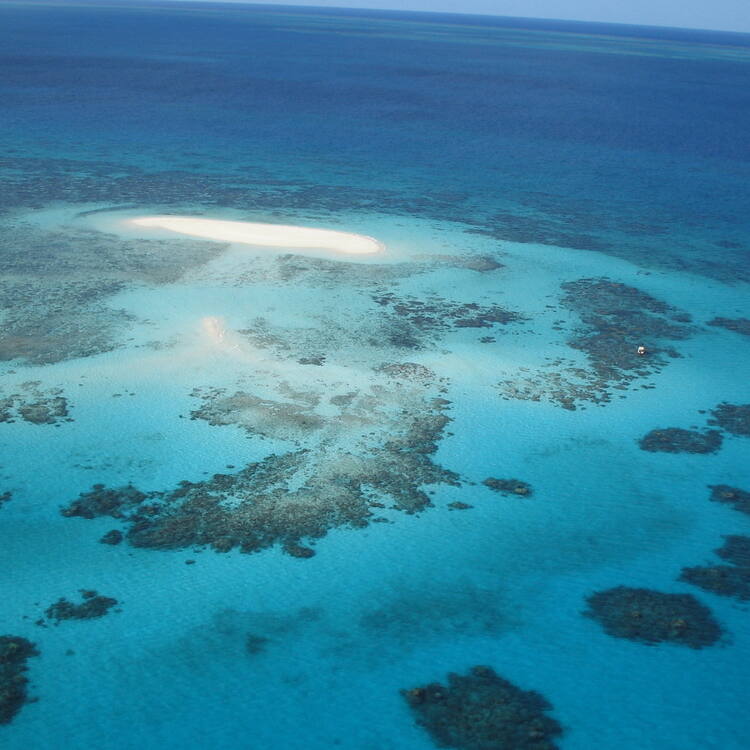
The Maldives: This low-lying island nation is at risk of being submerged by rising sea levels, with many of its islands already experiencing the effects of coastal erosion and flooding.

The Amazon Rainforest, South America: Deforestation, mining, and agricultural expansion are rapidly depleting this vital ecosystem, which is home to countless species of flora and fauna.
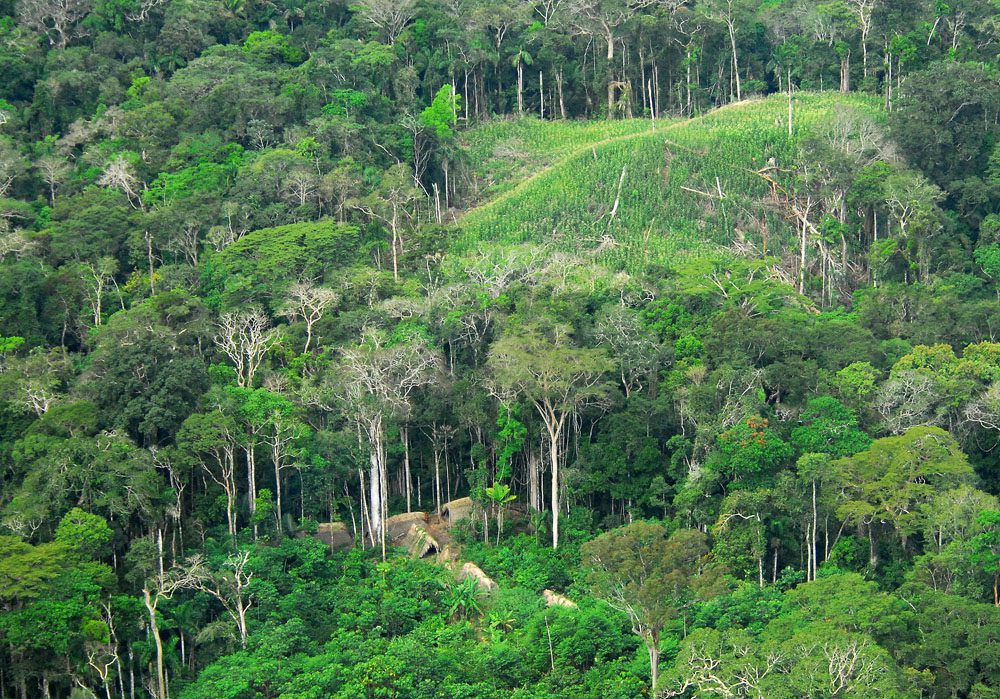
The Galapagos Islands, Ecuador: These remote islands, famous for their unique wildlife, are facing threats from invasive species, overfishing, and the impacts of climate change.
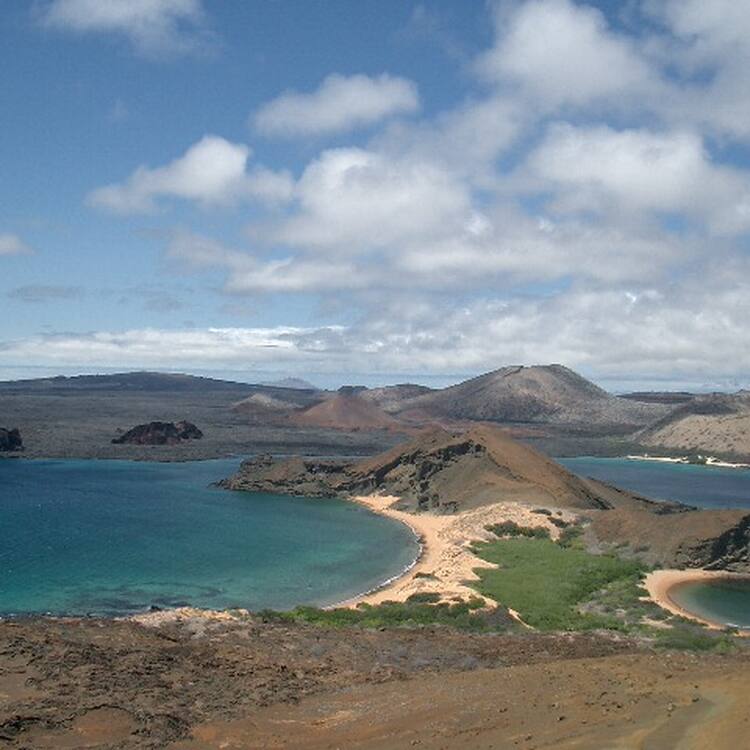
The Dead Sea, Jordan: This saline lake is rapidly shrinking due to a combination of climate change, water diversion, and industrial activities, putting its unique ecosystem at risk.
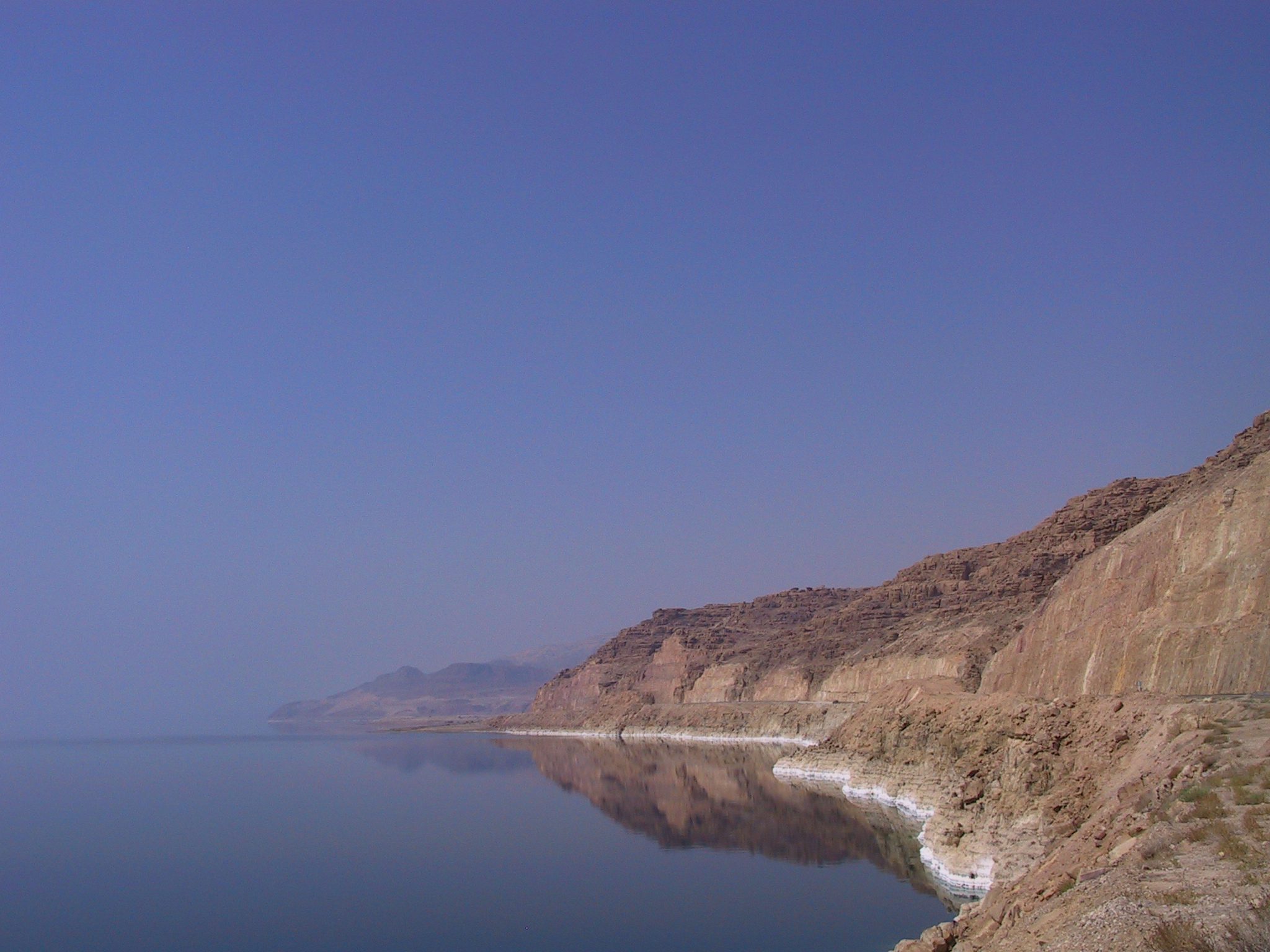
Ethical considerations in last chance tourism
While last chance tourism can generate awareness and resources for the preservation of endangered destinations, it also raises a number of ethical concerns that travelers and tour operators must consider:
- Sustainability: Ensuring that tourism activities are conducted in a way that minimizes environmental and social impacts and supports the long-term viability of these destinations.
- Equitable distribution of benefits: Ensuring that the economic benefits of last chance tourism are distributed fairly among local communities and that they have a meaningful role in the decision-making process.
- Preservation of cultural and natural heritage: Protecting the unique cultural and natural attributes of these destinations from the negative impacts of mass tourism.
- Responsible behavior: Educating and encouraging travelers to adopt responsible and respectful behavior when visiting these fragile environments.
- Transparency and accountability: Ensuring that tour operators and tourism-related businesses are transparent about their practices and are held accountable for their impact on the environment and local communities.
Also read: Rare Aquatic Marvel: Say Hello to the Pink Dolphin
Alternatives to last chance tourism
While last chance tourism can be a powerful way to raise awareness and generate resources for the preservation of endangered destinations, there are alternative approaches that can be more sustainable and ethical:
- Slow tourism: Encouraging travelers to spend more time in a destination, engage with local communities, and immerse themselves in the local culture and environment.
- Ecotourism: Promoting tourism activities that are environmentally and socially responsible, such as wildlife viewing, nature-based activities, and community-based experiences.
- Volunteer tourism: Offering opportunities for travelers to actively contribute to conservation and community development efforts in endangered destinations.
- Virtual experiences: Leveraging technology to provide immersive virtual experiences that allow people to explore and learn about endangered destinations without the need for physical travel.
- Sustainable tourism certification: Encouraging the use of sustainable tourism certification schemes that ensure the responsible and ethical management of tourism activities in endangered destinations.
Sustainable tourism practices for preserving endangered destinations
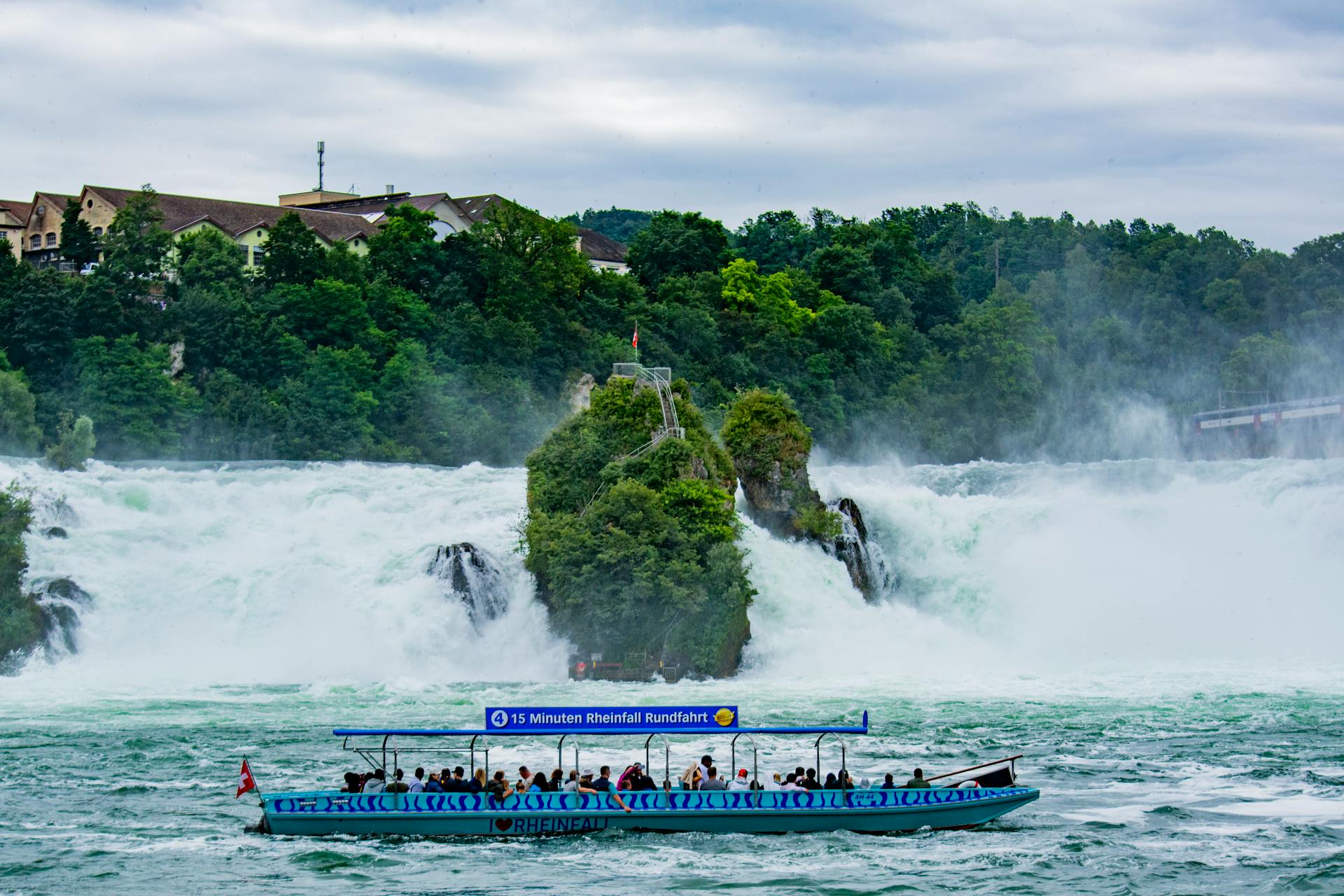
To ensure the long-term preservation of endangered destinations, it is essential to adopt sustainable tourism practices that prioritize environmental and social responsibility. Some key strategies include:
- Visitor management: Implementing visitor caps, timed entry systems, and other measures to control the flow of tourists and prevent overcrowding.
- Eco-friendly infrastructure: Investing in sustainable infrastructure, such as renewable energy sources, waste management systems, and low-impact transportation options.
- Community engagement: Collaborating with local communities to ensure that they have a meaningful role in the planning and management of tourism activities and that they benefit equitably from the economic opportunities.
- Conservation efforts: Allocating a portion of tourism revenues to fund conservation and restoration projects that address the specific threats facing the destination.
- Responsible traveler education: Providing travelers with information and guidance on how to minimize their environmental and social impact, and encouraging them to adopt sustainable practices during their visit.
Conclusion
The rise of last chance tourism has shone a spotlight on the urgent need to protect the world’s endangered destinations. While this trend has the potential to raise awareness and generate resources for conservation efforts, it also carries significant risks and challenges that must be carefully navigated.
By adopting sustainable tourism practices, collaborating with local communities, and promoting alternative forms of travel, we can work towards a future where these fragile environments are preserved and their unique cultural and natural attributes are protected for generations to come. As travelers, we have a responsibility to be mindful of our impact and to prioritize the long-term well-being of the destinations we visit.




